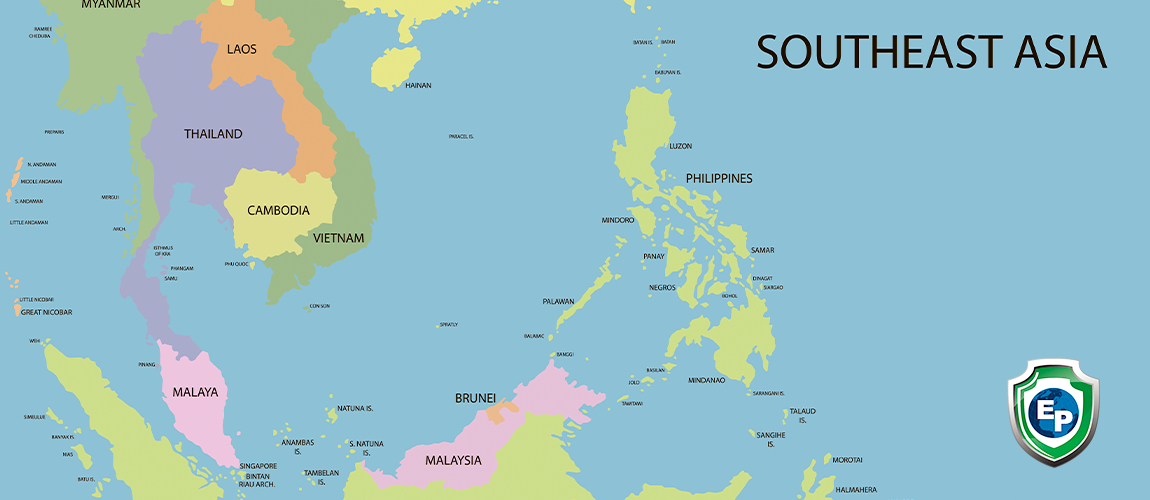5 Biggest Challenges of SMEs in Southeast Asia
Although SMEs make up 96% of businesses in ASEAN, they face many challenges that stifle their growth. Learn more about the top five in this article.

96% of all businesses within the Association of Southeast Asian Nations (ASEAN) are small and medium-sized enterprises (SMEs). They also conduct at least 89% of all business activity. Therefore, it’s crucial for the region’s economic success to have efficient SME infrastructure and economic policies in place.
SME’s challenges are frequently fundamentally different from the challenges faced by multinational corporations (MNCs). While MNCs might need the government to invest more in expensive broadband internet, SMEs struggle to find the business skills to create websites or even use email.
Export Portal looks at the five most significant challenges of SMEs in Southeast Asia.
Shortage of Skilled Labor
The challenges on the skills front vary widely amongst SMEs. However, all across the ASEAN region, SMEs are confronted with a shortage of industry-ready skilled workers.
In more advanced economies like Singapore or Malaysia, especially soft skills such as communication or leadership skills are missing. In other countries like Vietnam or Cambodia, the workforce lacks English language skills and the most basic IT skills.
Lack of SME Finance
Most SMEs do not have access to capital markets and are thus depending on bank loans and micro-lenders. However, even when it comes to bank loans, SMEs are at a disadvantage. The reason is that large enterprises have a lower risk of default and their financial statements are clear, whereas SMEs often don’t follow the most basic accounting standards.
Governments have established so-called Credit Guarantee Schemes (CGS) to address this challenge. A CGS backs SME loans and partly repays bank loans in case an SME defaults. However, the use of CGS is not yet widespread.
Insufficient Use of Information Technology
According to the International Trade Centre (ITC), SMEs vastly underperform MNCs in terms of using the internet to connect to customers and suppliers. The issue is not necessarily the lack of infrastructure, but the lack of best practices and technical knowledge.
In Thailand, for example, which generally has a well-developed telecommunications infrastructure, SMEs make little use of the internet. In an increasingly globalized and internet-based economy, the lack of connectivity harms the economic performance of import-export businesses.

Lack of Government Support
SMEs face difficulties when interacting with governments, for example when applying for government procurement contracts. Governments’ entrenched interests with large corporations, paired with widespread corruption, often leads to the exclusion of SMEs.
Recent transnational treaties, such as the CPTPP, therefore aim at strengthening the competitiveness of SMEs. The CPTPP includes the creation of a legal body that SMEs can call on if the rules of government procurement procedures are not adhered to.
Besides that, digital solutions such as blockchain-based applications could create more transparency and reduce corruption in the long-term.
Competition from Neighboring Markets
Both India and China border the ASEAN region. Most manufacturers in these markets operate at a larger scale than their ASEAN-based competitors. Thus, the increased openness of the ASEAN market puts more pressure on SMEs with higher production costs to improve their productivity to remain competitive in the region.
Help from Export Portal
Export Portal, an online international marketplace, can alleviate some of the difficulties facing ASEAN SMEs. Our network of businesses, B2B manufacturers, and logistics companies are screened to ensure veracity, meaning you can trade with security. For an added layer of support and transparency, our proprietary blockchain technology tracks every step of a transaction, from payment to documentation. SMEs can enter the global market easily with Export Portal – register today!






Comments 0